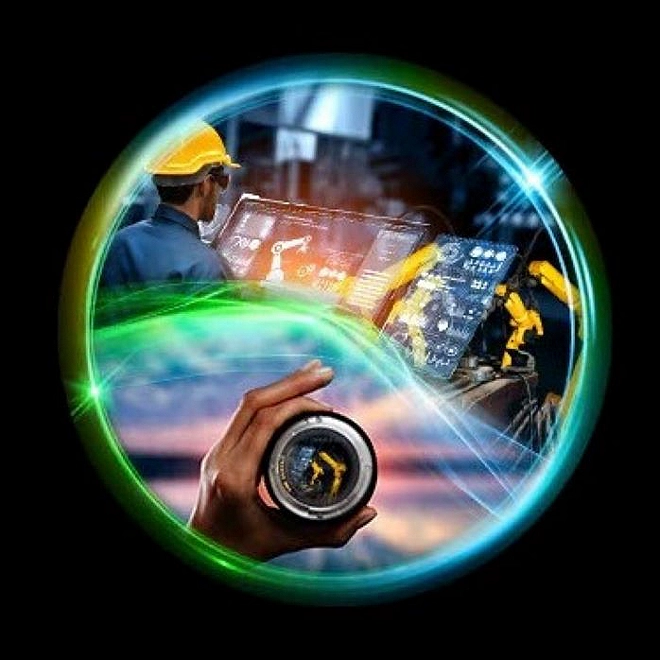2023 aerospace and defense industry outlook
Navigating uncertain times to capitalize on change
Economic recovery for the aerospace and defense industry gained momentum in 2022 on the heels of rising demand for air travel. As passenger traffic gradually returns to pre-pandemic levels, increases in new aircraft and military orders signal continued growth in the approaching year. But optimism is held in check by ongoing risks, from inflation to talent shortages to supply chain disruptions. Our 2023 outlook dives into the latest aerospace and defense industry trends to help your company boost business agility and map a route for success in the year ahead.
Potential market turbulence demands business agility to stay ahead
Supply chain disruptions and talent shortages may be the biggest risks or challenges for aerospace and defense industry (A&D) organizations in 2023. As demand for passenger travel is correlated to ticket prices, which, in turn, depend on jet fuel prices, a quick and sustained rise in jet fuel prices can impact traffic and increase market volatility. To address this challenge, aircraft manufacturers are investing in aircraft and engine design to make them more fuel-efficient, lower operating costs, and explore lower-and-zero-emission commercial aircraft for the future.
According to Deloitte’s outlook survey, 88% of surveyed senior executives indicated that they believed the general business outlook for the aerospace and defense industry for the next year is “somewhat to very positive.” There are more reasons for this optimistic outlook. These include growth in new technologies and segments such as advanced air mobility (AAM), evolving business models in areas such as space, and the use of digital thread and smart factory. A&D companies focused on innovation and prepared to capitalize on new emerging opportunities could outperform their peers in 2023. Explore the five trends below that will likely influence the direction of the industry over the next 12 months.
Five aerospace and defense industry trends to watch
End notes
1 Deloitte, “Big gains in perceptions of US manufacturing as innovative, critical and high tech,” press release, March 30, 2022.
2 John Coykendall, Steve Shepley, and Aijaz Hussain, “Decarbonizing aerospace,” Deloitte Insights, October 7, 2021.



